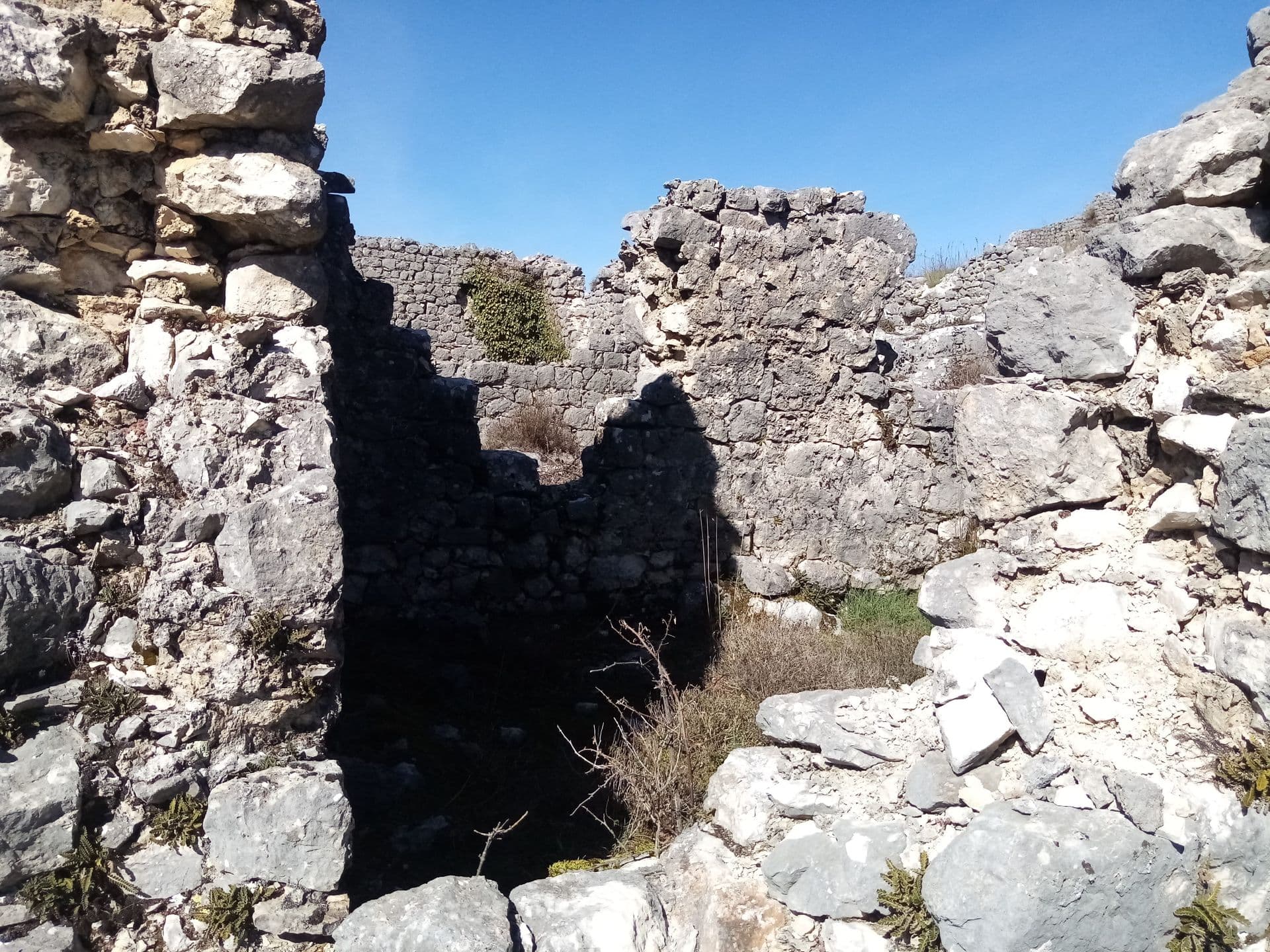Lifestyle
Venetians Capture Klobuk Fortress After Long Struggle in 1694

The strategic fortress of Klobuk fell to Venetian forces in 1694, marking a significant moment in the ongoing conflicts between the Venetian Republic and the Ottoman Empire. This event concluded a complex history involving multiple battles and territorial shifts in the region, particularly during the Morean War (1684-1699).
Klobuk, which had been under Ottoman control since its capture in 1477, was transformed from a church into a mosque, similar to the fate of the St. George Church in Žabljak Crnojevića after its seizure in 1478. According to a report by Nebojša Kolak regarding archaeological studies in Klobuk, the Ottomans maintained the bell tower even as they repurposed the church. Each evening, the Islamic leader used the bell to call worshippers to evening prayers.
The significance of Klobuk was further highlighted by the accounts of Evlija Çelebi, an Ottoman travel writer who visited the region in 1664. His observations during the Candian War (1645-1669) noted that the fortress, perched on a high rock, housed around twenty homes, a small mosque, a bathhouse, and a granary. Çelebi indicated that the inhabitants were fearful of the “infidels,” who had destroyed the lower town and its orchards, resulting in a tense atmosphere.
The early phases of the Venetian campaign saw the area of Klobuk become a focal point of conflict. Following the liberation of Risno in 1684 and Herceg Novi in 1687, Muslim populations relocated to nearby areas, including Lastva, which is situated approximately five kilometers from Klobuk. This migration underscored Klobuk’s role as a frontline outpost against Montenegrin forces.
During the period from 1687 to 1694, Venetian insurgent forces repeatedly invaded the Trebinje region, targeting Ottoman settlements. Detailed reports sent from Kotor to Venice captured the devastation wrought upon Korjenici, a critical location near Klobuk. Venetian Governor Jerolim Kornar documented the assault on Korjenici in a letter dated October 25, 1687, emphasizing its strategic importance and the challenges posed by Ottoman defenders.
Kornar’s letter described the tactical strength of Korjenici, with its formidable fortifications comprising 72 strong towers. However, the Venetians faced a significant operational challenge as they approached the Ottoman-held territory. The ensuing conflict saw numerous local tribes, including the Nikšić, Drobnjak, and Banja groups, join forces against the Ottomans. Kornar noted that many Ottoman troops fled toward Foča, leaving behind a scene of chaos, with hundreds drowning in the Trebišnjica River during their retreat.
Despite Kornar’s earlier predictions that Klobuk would fall, the fortress remained resilient for three more years. In a report dated March 7, 1690, an extraordinary governor warned that while Klobuk stood strong due to its elevated and inaccessible position, it would eventually surrender without timely reinforcements. The Venetian forces finally succeeded in capturing Klobuk in 1694, although detailed reports of the siege are scarce.
The capture of Klobuk marked a crucial turning point in the Venetian-Ottoman conflicts, illustrating the ongoing volatility of the region during this tumultuous period. The fortress’s fall not only symbolized a shift in power dynamics but also highlighted the enduring struggles faced by local populations caught in the crossfire of larger geopolitical conflicts. The remnants of the mosque and the fortress today serve as historical landmarks, encapsulating the rich and often turbulent history of Klobuk.
-

 Entertainment1 month ago
Entertainment1 month agoAnn Ming Reflects on ITV’s ‘I Fought the Law’ Drama
-

 Entertainment2 months ago
Entertainment2 months agoKate Garraway Sells £2 Million Home Amid Financial Struggles
-

 Health1 month ago
Health1 month agoKatie Price Faces New Health Concerns After Cancer Symptoms Resurface
-

 Entertainment2 months ago
Entertainment2 months agoKim Cattrall Posts Cryptic Message After HBO’s Sequel Cancellation
-

 Entertainment1 month ago
Entertainment1 month agoWhere is Tinder Swindler Simon Leviev? Latest Updates Revealed
-

 Entertainment2 months ago
Entertainment2 months agoMasterChef Faces Turmoil as Tom Kerridge Withdraws from Hosting Role
-

 Entertainment3 months ago
Entertainment3 months agoSpeculation Surrounds Home and Away as Cast Departures Mount
-

 World1 month ago
World1 month agoCole Palmer’s Mysterious Message to Kobbie Mainoo Sparks Speculation
-

 Entertainment1 month ago
Entertainment1 month agoITV’s I Fought the Law: Unraveling the True Story Behind the Drama
-

 Entertainment3 weeks ago
Entertainment3 weeks agoCaz Crowned Winner of The Great British Sewing Bee, Overjoyed by Triumph
-

 Entertainment2 months ago
Entertainment2 months agoAldi Launches Cozy Autumn Fragrance Range Ahead of Halloween
-

 Entertainment2 months ago
Entertainment2 months agoMarkiplier Addresses AI Controversy During Livestream Response









